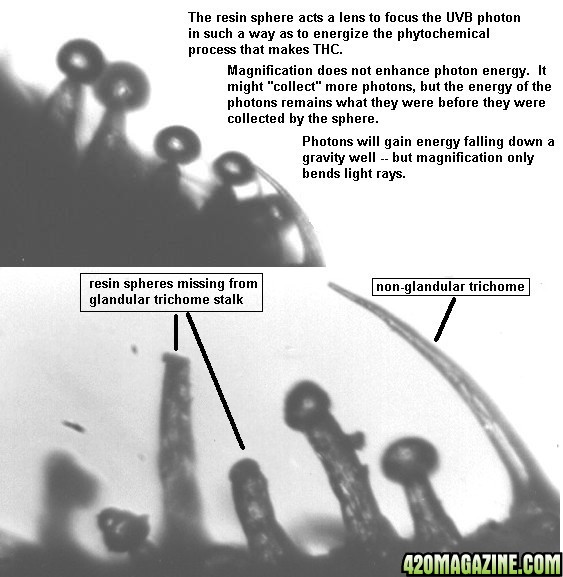Brett2theMax
New Member
https://www.420magazine.com/communi...fficient-than-your-hid-lamp.76146/post-649891
Any one else hear of these? They are brand new by Luxim, going to be released at the International Trade Show in Germany in April. Check them out, sweet possibilities.
Any one else hear of these? They are brand new by Luxim, going to be released at the International Trade Show in Germany in April. Check them out, sweet possibilities.



 These are amazing bulbs.
These are amazing bulbs.
